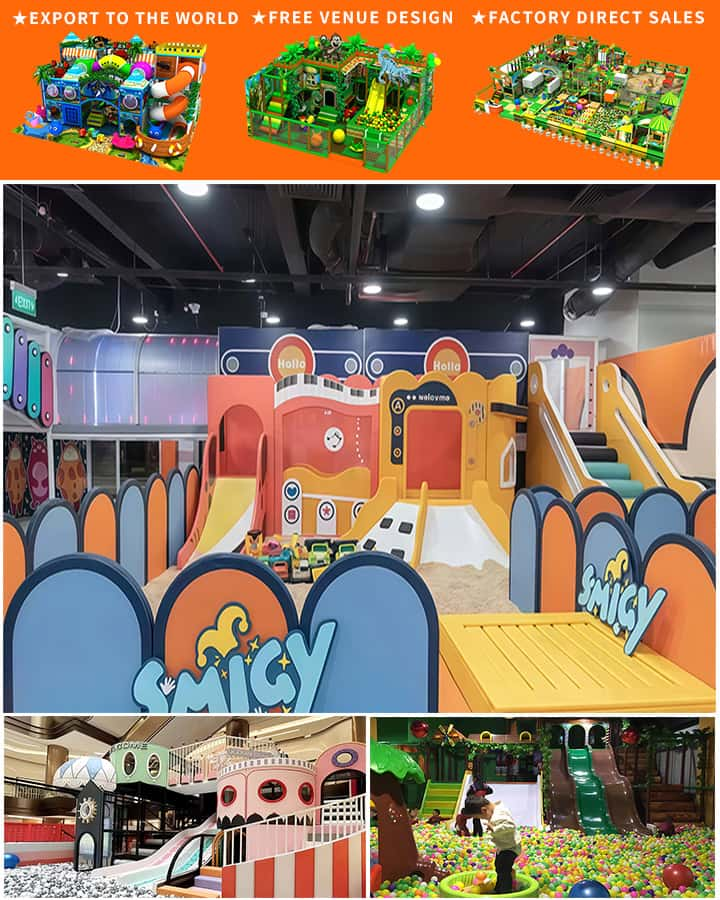The world of indoor playground design has evolved significantly over the years, with modern innovations focusing on creating safe, engaging, and imaginative environments for children. As parents and educators increasingly recognize the importance of physical activity and creative play, the demand for thoughtfully designed indoor playground equipment continues to rise. This article explores some cutting-edge designs in indoor playground equipment that prioritize both fun and safety.
One of the most exciting trends in indoor playground equipment is the integration of multisensory experiences. Designers are incorporating elements such as tactile panels, interactive sound systems, and vibrant visual displays to create immersive environments. These sensory-rich spaces not only captivate children’s attention but also support their cognitive and motor development. For instance, a climbing wall adorned with various textured surfaces can enhance a child’s grip strength and sensory exploration.

Safety remains a paramount concern in indoor playground design, and manufacturers are using advanced materials and engineering techniques to ensure equipment is both durable and secure. Modern indoor playgrounds often feature soft flooring made from high-quality foam or rubber, which cushions falls and reduces the risk of injury. Additionally, modular equipment components allow for customizable layouts, ensuring that spaces can be adapted to different age groups and needs without compromising on safety.
Another key aspect of contemporary indoor playground design is inclusivity. Designers are increasingly considering children with diverse abilities, ensuring that equipment is accessible to all. Inclusive playgrounds feature wheelchair-accessible carousels, sensory play areas, and adaptive climbers that provide equal opportunities for fun and exercise. By promoting inclusivity, these playgrounds foster a sense of community and belonging among children of all abilities.
Technology is also playing a significant role in the design of indoor playground equipment. Interactive digital installations, such as touch screens and augmented reality experiences, are becoming more common. These tech-savvy additions not only entertain but also educate, offering learning opportunities through games and virtual adventures. For example, an indoor playground might include a digital scavenger hunt that encourages children to explore different areas while completing educational tasks.
Sustainability is another important factor in modern playground design. Eco-friendly materials and energy-efficient lighting systems are being used to create environmentally conscious spaces. Sustainable playgrounds reduce the environmental impact and serve as educational tools, teaching children about the importance of conservation and responsible resource use.
In conclusion, the design of indoor playground equipment has come a long way, driven by a commitment to safety, inclusivity, and innovation. Multisensory experiences, advanced safety features, inclusive designs, technological integrations, and sustainable practices are shaping the future of indoor playgrounds. As these trends continue to develop, indoor playgrounds will remain vibrant centers of fun, learning, and growth for children around the world.




